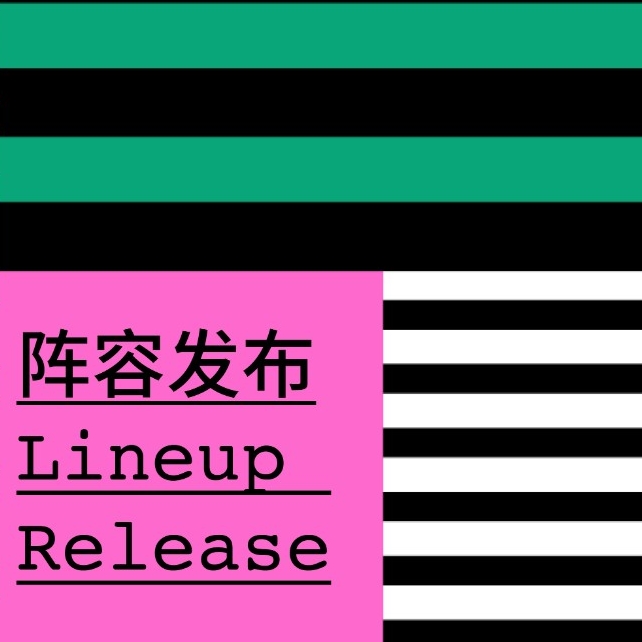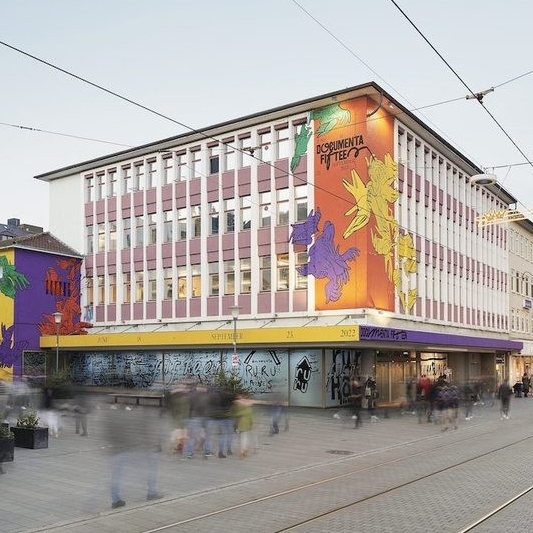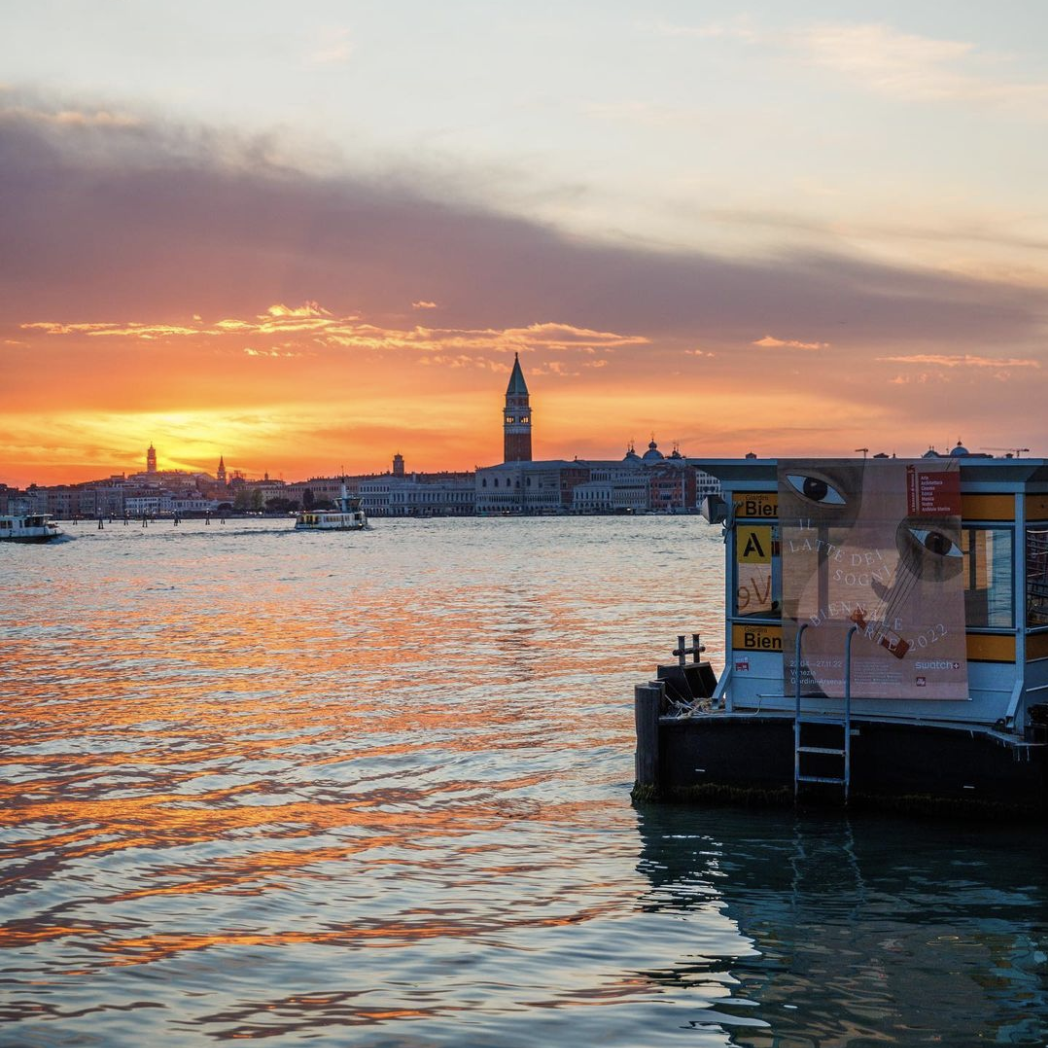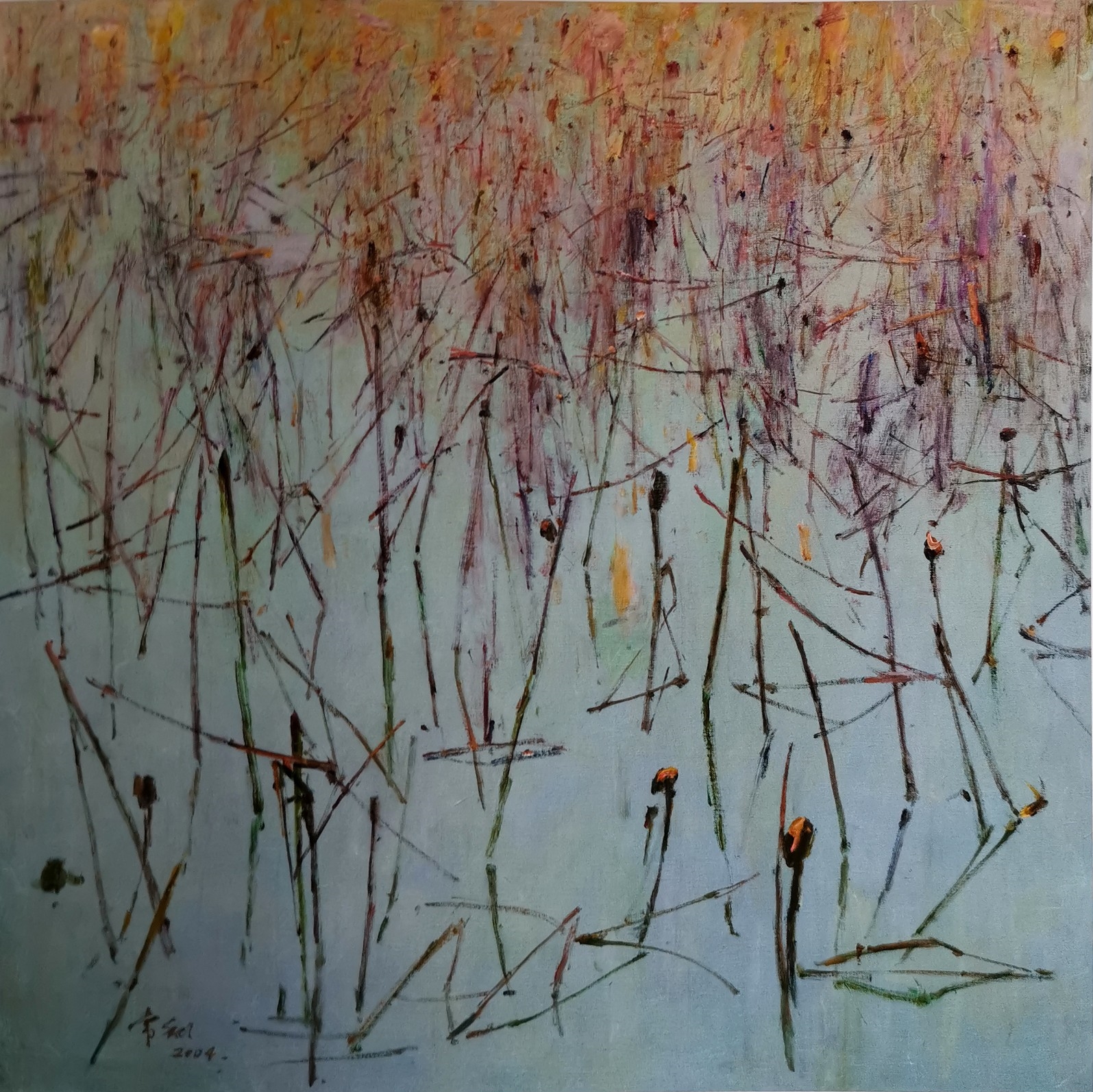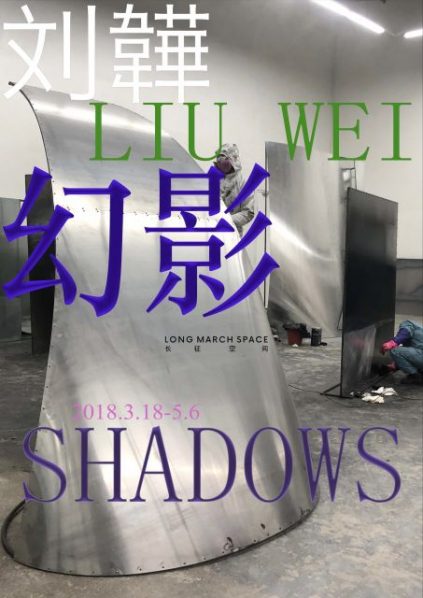
Liu Wei’s recent large-scale installations and paintings continue to reflect his sensitivity towards urban texture in China’s post-planning era. In his own abstract and streamlined fashion, he retains a certain material and affective tension which parallels the deliriousness of the landscapes around him. His 2015 solo exhibition “Colors” at the Ullens Center for Contemporary Art explored the politics inherent in abstract blocks of color: negating the image of things is in fact a violent process, leaving a strong physical impression. For “Shadows” at Long March Space, Liu Wei shifts his interest from color-field abstraction to how shadows land on materials imbibed with their own sensitivity.
At the entrance of the gallery, the exhibition’s title installation series “Shadows” (2018) sprays paint onto metal structures, both reflecting light and engulfing shadows. The spatial arrangement of these pieces at once draws viewers into the exhibition and conceals their bodies amongst the scenery. Inside, Long March Space’s main hall becomes a construction site, filled with kinetic assemblages entitled Cycles (2018). These giant cement spheres, modeled after the shape of balloons, run on along their own tracks together with other assorted pieces of urban detritus, as if passing down an assembly line, responding in a way to the quasi-abstract movement of lights in a nearby multi-channel video installation. The artist describes the trajectories of these spheres at different speeds to be “as if each had their own sense of time.”
In Liu Wei’s artistic practice, he frequently questions generally held understandings of aesthetic taste and its criticality. Instead, the artist is more inclined to extract visual tension from raw materials and their forms of urban existence. This process is non-human, yet it is also a social apparatus formed from the only form of emotional tension still remaining today. For Liu Wei, this manifests the specific experience that is the acceleration of material flows and accumulation in Beijing since 1990s, and therefore the landscape that has haphazardly piled-up in between highly symbolic order and post-planning disorder. He abstractly extracts the rationality between layers of materials, obtaining what Robin Peckham calls a “core sample” of the city. In contrast to the “Anti-Matter” series (2006) which imagined the state of property rights at the time, today these visible things are vanishing faster than ever, and the remnants of physical presence can only be depicted through shadows. This time, from the perspective of his work site, Liu Wei depicts indefinable issues: scenes of existence in extreme urban conditions and the sensory entropy created through endless material flows and convergences, also implying speculation on limited, temporary property rights.
About the exhibition
Dates: Mar 18, 2018 – May 6, 2018
Venue: Long March Space
Courtesy of the artist and Long March Space.


